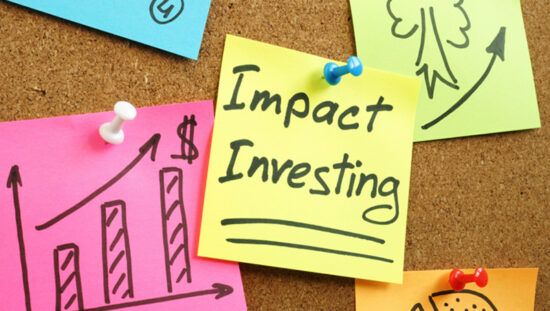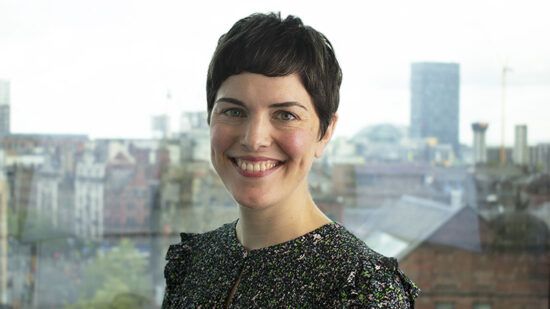Too often, the measure of a portfolio’s ESG pedigree is based on a single emissions figure that hides further environmental impacts, such as deforestation; governance concerns, such as poor data protection; and social implications, such as human rights violations.
In the world of renewable energy, we are now seeing the emergence of a number of increasingly accepted methodologies being employed to calculate the impact of renewable energy schemes. When a renewable power source, such as a solar farm, is added to the grid, the emissions avoided by the assumed displacement of more carbon intensive power plants can be added up to gain a figure indicative of that energy source’s environmental impact. A calculation validates a solar project as sustainable, giving a green light to investors looking to add a project to their ESG-forward portfolio.
But that big green stamp masks a more complex story. Before those solar panels were connected to the grid, lighting up homes with eco-friendly power and burnishing ESG ratings in tandem, they were built with thousands of components from across the world.
Solar-grade polysilicon is but one of those components, with more than 35% sourced from Xinjiang, China, a region not primarily recognised for its contributions to the low-carbon economy but perhaps more well-known for its minority oppression and for the accusations of slave labour in the region.
This is one example of an investment with strong ESG credentials, based on very narrow understanding of the label.
Taking a broader view
While emissions figures provide a digestible and accessible metric for sustainability, if these numbers are the only filter through which assets enter a portfolio, that portfolio is not sustainable.
If investors fail to consider the broader social, governance and environmental impacts of their investments, they are both incorrectly assessing the impact of their assets and misjudging the trajectory of their investment approach.
Carbon tunnel vision undermines not just the responsibility a fund manager has to ESG-conscious stakeholders, but also the credibility of their assumptions about the future performance of their portfolio.
Every asset lies within complex life cycles and global supply chains, but the weight these have in investors’ decisions to engage with an asset varies. For sustainability-oriented investors, this wide network of inputs and impacts is fundamental to the outlook for their portfolio, meaning they have a duty to interrogate it.
Regulators have long grasped at definitions of sustainability but attempts to label investments as good or bad masks the complexity and the context specific nature of sustainability. While improving, streamlining and making regulations applicable across jurisdictions will go some way to improving the sustainable investment space, regulatory oversight will never be a substitute for investors vetting their own assets.
The art of asking
Tough questions are the most powerful tool in an ESG investor’s arsenal to hold asset managers to account. By drilling in on an asset’s wide-ranging implications for people and the planet, investors can identify products and projects with both genuinely positive impacts, and the managers willing to find solutions that address existing challenges.
Investors should ask how managers are navigating the balance between carbon reduction and other challenges such as the product or project life cycle. They should expect answers that consider the environmental and social impacts in production, use and disposal.
Social implications should be questioned, with attention paid to potential labour and human rights infringement in supply chains. Renewable power investments should provoke queries about any associated land use change. Local contexts and needs should be weighed up with global priorities.
The field of impact every investment has is not just vast, but also dynamic. When managers cannot provide an explanation or solution, the answer might instead lie in their understanding of the issue raised, and their willingness to troubleshoot.
There is an epidemic of myopia among ESG investors. A wilful blindness to look beyond emissions statistics is compromising supposedly sustainable portfolios. By arming themselves with questions that address managers’ attentiveness and responsiveness to their projects’ impacts, investors will be able to shape a portfolio that recognises sustainability in its fullest sense.








